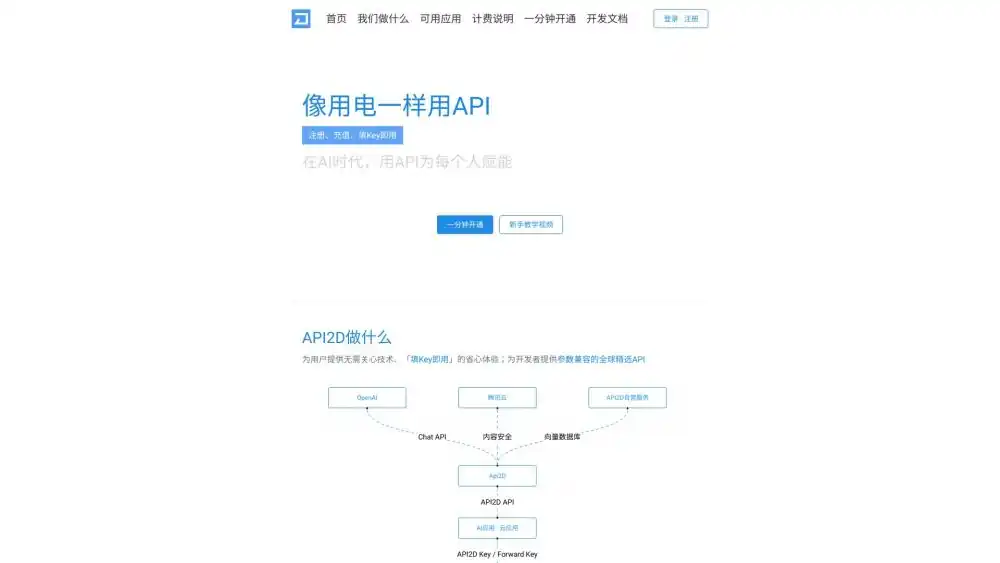API2D: A Versatile 2D Graphics Library
API2D is a comprehensive and efficient library designed to simplify 2D graphics development across various platforms. It offers a rich set of tools and functionalities for creating interactive and visually appealing applications. With its intuitive interface and high performance, API2D empowers developers to build complex 2D graphics with ease.
Key features of API2D typically include:
- Basic drawing primitives: Shapes like lines, rectangles, circles, and polygons.
- Image loading and manipulation: Handling various image formats and applying transformations.
- Text rendering: Displaying text with different fonts, sizes, and styles.
- Event handling: Managing user input and interactions.
- Game development support: Features like sprite handling, collision detection, and animation.
- Platform compatibility: Support for multiple operating systems and devices.
By providing a solid foundation for 2D graphics programming, API2D accelerates development time and enhances application quality. Whether you’re building games, user interfaces, or data visualizations, API2D can be a valuable asset to your toolkit.
Would you like to know more about specific features or use cases for API2D?
API2D: Pros and Cons
Pros
- Efficiency: Often optimized for performance, making it suitable for demanding applications like games.
- Cross-Platform Compatibility: Can typically be used across different operating systems and devices.
- Feature Richness: Provides a comprehensive set of tools for various 2D graphics tasks.
- Ease of Use: Intuitive API design can simplify development.
- Community Support: Often has a dedicated community providing resources and assistance.
Cons
- Learning Curve: Might require some time to master all features and functionalities.
- Dependency: Relying on an external library can introduce potential compatibility issues.
- Limited Flexibility: Some libraries might have restrictions on customization or specific features.
- Performance Overhead: In certain scenarios, using a library might introduce performance overhead compared to native implementations.
Note: These pros and cons are general and can vary depending on the specific API2D library you’re considering.
Would you like to focus on a specific API2D library or explore other aspects like pricing, licensing, or target audience?
API2D Pricing: A Complex Landscape
Unlike commercial software packages, most API2D libraries are open-source and freely available. This means you can often use them without any licensing fees.
However, there are exceptions:
- Commercial API2Ds: Some companies offer commercial API2D libraries with features beyond the open-source counterparts. These might have licensing fees based on usage, number of developers, or revenue generated.
- Embedded in Game Engines: If you’re using a game engine like Unity or Unreal Engine, the API2D functionality might be included in the engine’s licensing cost.
- Cloud-Based Services: Some cloud platforms offer API2D capabilities as part of their broader services, often with usage-based pricing.
Key factors to consider:
- Open-source vs. commercial: Determine if you need the additional features of a commercial library.
- Licensing terms: Understand the specific terms and conditions of the chosen library.
- Hidden costs: Be aware of potential costs associated with using the library, such as cloud service fees or hardware requirements.
To get accurate pricing information, you’ll need to specify the particular API2D library you’re interested in.
Would you like to explore specific API2D libraries or discuss your project requirements?
Alternatives to API2D
While API2D libraries provide a convenient way to handle 2D graphics, there are other approaches to consider:
1. Direct Hardware Access (OpenGL, Vulkan, Metal):
- Pros: Maximum performance, fine-grained control.
- Cons: Complex, time-consuming to develop, platform-specific.
2. Game Engines (Unity, Unreal Engine, Godot):
- Pros: High-level abstractions, rich feature sets, asset management.
- Cons: Potential performance overhead, might be overkill for simple projects.
3. Custom Rendering Engines:
- Pros: Tailored to specific needs, full control.
- Cons: Significant development effort, requires deep graphics programming knowledge.
4. High-Level Frameworks (Qt, wxWidgets):
- Pros: Cross-platform, UI components, often include basic 2D graphics.
- Cons: Might not offer the same level of performance or flexibility as specialized API2D libraries.
Factors to Consider:
- Project Scope: Simple 2D games might benefit from API2D, while complex simulations might require direct hardware access.
- Performance Requirements: If performance is critical, consider direct hardware access or custom rendering engines.
- Development Time: API2D libraries or game engines can accelerate development, but might introduce limitations.
- Platform Compatibility: If targeting multiple platforms, cross-platform frameworks or API2D libraries are suitable.
Would you like to discuss a specific project to determine the best approach?
FAQs about API2D
General Questions
- What is API2D?
- API2D is a library or framework that provides tools and functions for creating 2D graphics applications. It simplifies the process of drawing shapes, handling images, and managing user input.
- Is API2D free to use?
- Most API2D libraries are open-source and free to use. However, some commercial options might have licensing fees.
- What platforms does API2D support?
- The supported platforms depend on the specific API2D library. Some are cross-platform, while others are designed for specific operating systems.
Technical Questions
- What kind of graphics can I create with API2D?
- API2D typically supports basic shapes like lines, rectangles, circles, and polygons. It also allows for image loading, manipulation, and text rendering.
- Does API2D support hardware acceleration?
- Many API2D libraries leverage hardware acceleration to improve performance. However, the level of support varies.
- Can I use API2D for game development?
- Yes, API2D is often used for game development. It provides essential features like sprite handling, collision detection, and animation.
Getting Started
- How do I choose the right API2D library?
- Consider factors like target platforms, performance requirements, and desired features when selecting an API2D library.
- Where can I find tutorials and documentation?
- Most API2D libraries have accompanying documentation and tutorials. Online communities and forums can also be helpful resources.
- Do I need programming experience to use API2D?
- Basic programming knowledge is required, but many API2D libraries provide a user-friendly interface.
Would you like to focus on a specific API2D library or explore other aspects like performance, compatibility, or use cases?
Conclusion: API2D – A Versatile Tool for 2D Graphics
API2D libraries offer a valuable resource for developers seeking to efficiently create 2D graphics applications. By abstracting low-level graphics programming complexities, they significantly streamline the development process. Whether you’re building games, user interfaces, or data visualizations, API2D can enhance your project’s efficiency and visual appeal.
While open-source options provide a solid foundation, commercial libraries might offer additional features and support. It’s essential to carefully consider your project’s specific requirements, performance needs, and target platforms when selecting an API2D library.
Ultimately, the choice between API2D, direct hardware access, game engines, or custom rendering engines depends on the desired level of control, performance, and development time. By understanding the strengths and weaknesses of each approach, developers can make informed decisions to achieve their project goals.
Would you like to explore specific use cases for API2D or discuss challenges in 2D graphics development?
![]()






